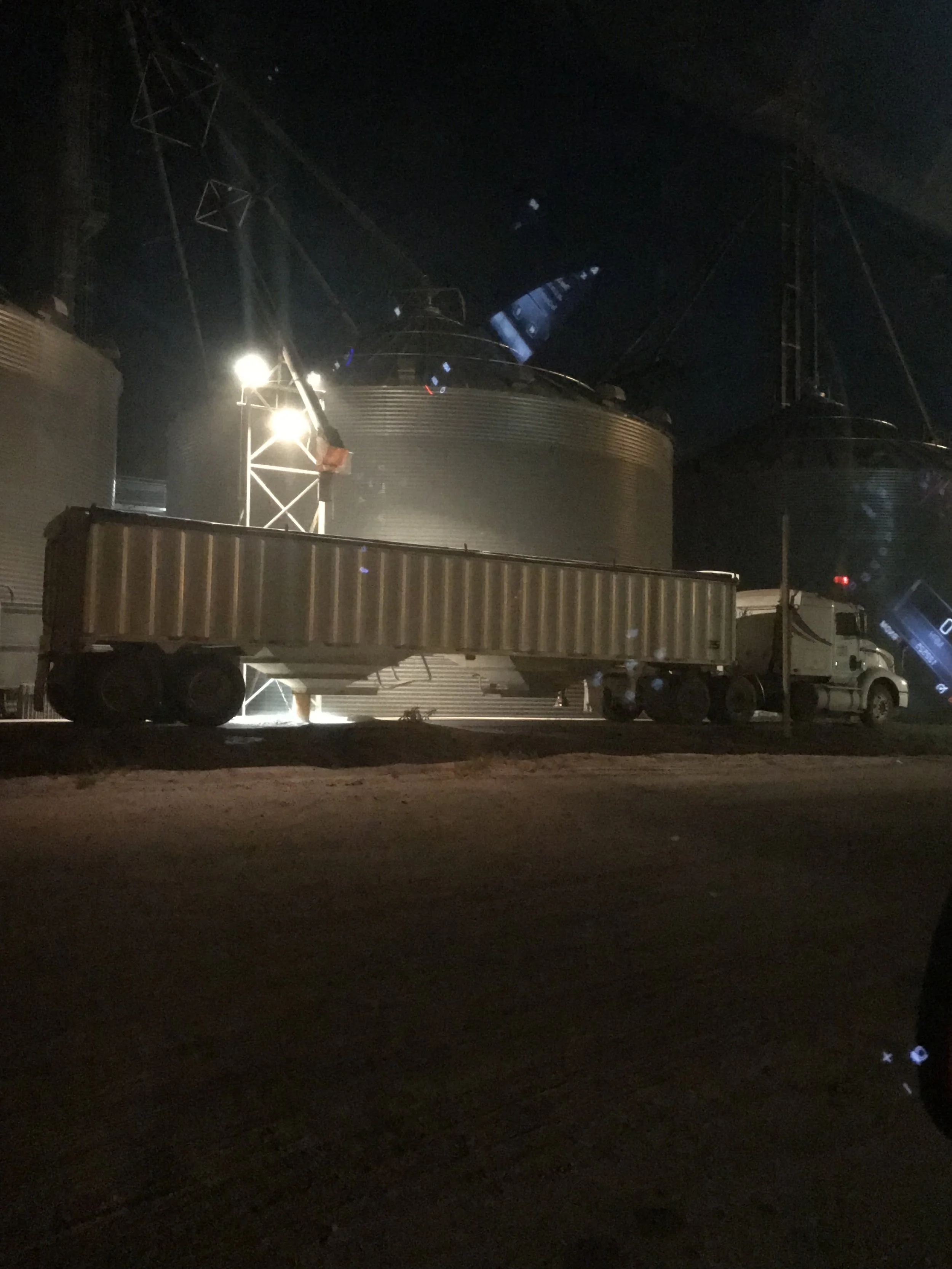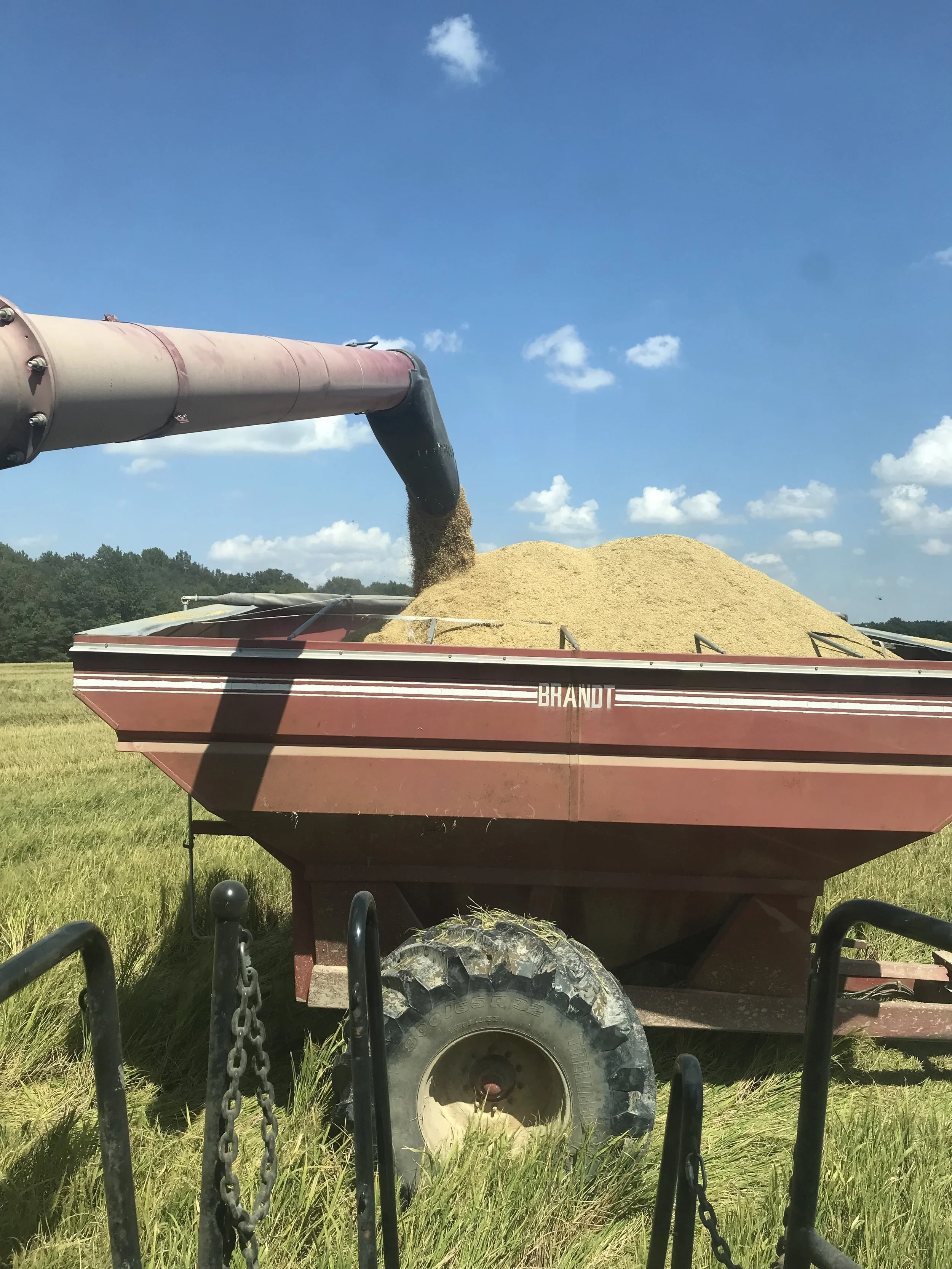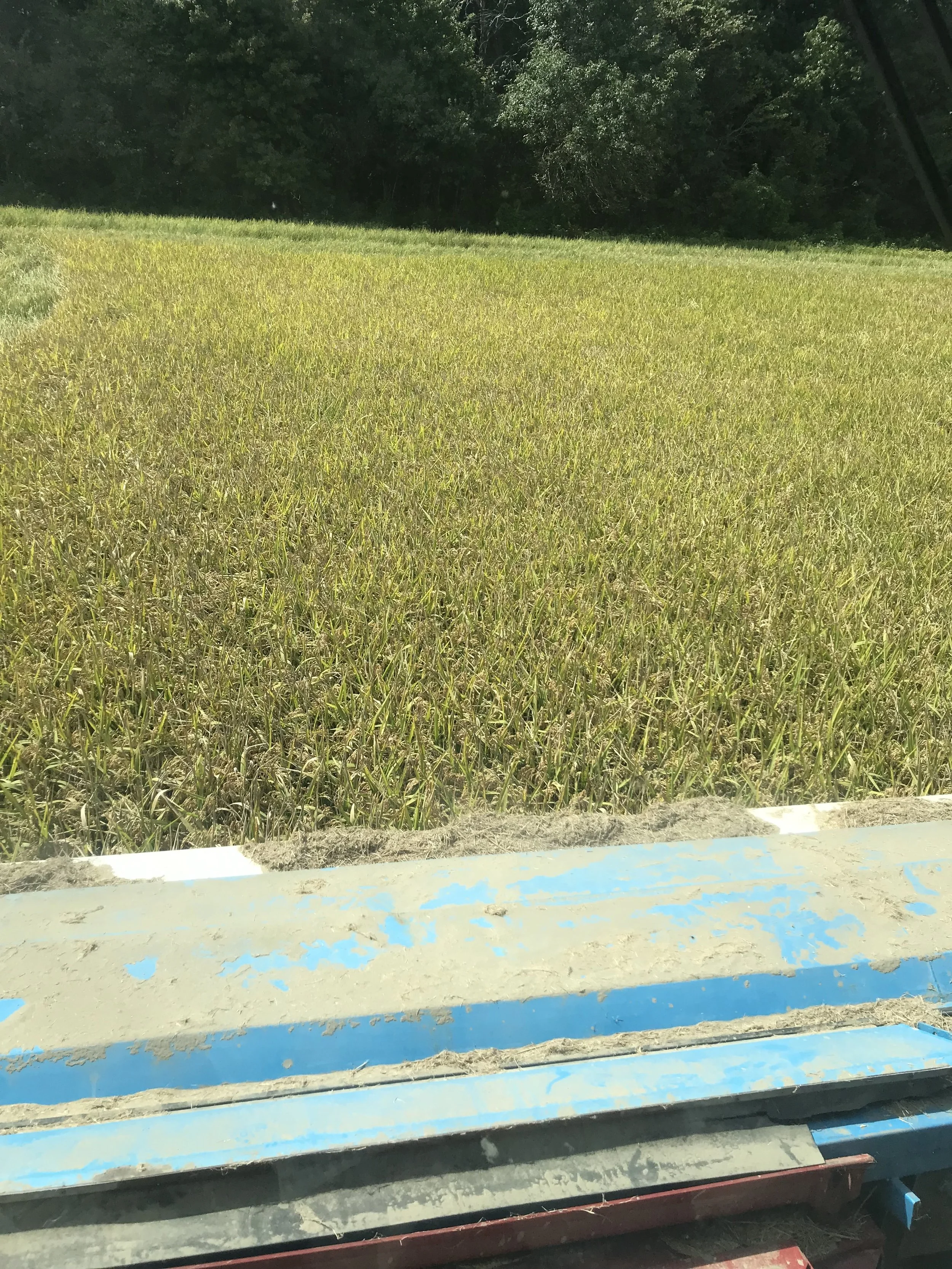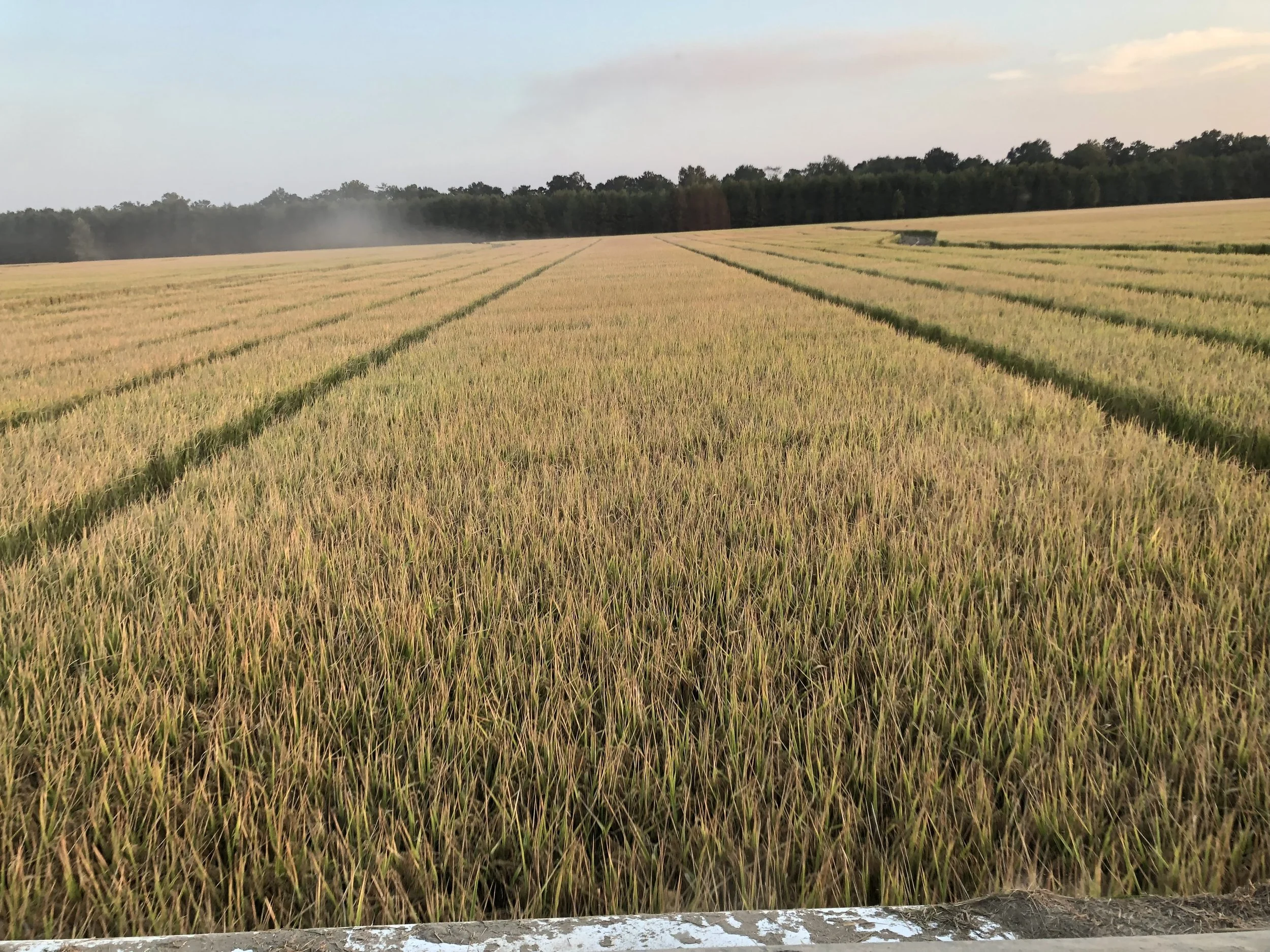Here we go… It’s Harvest Time in the South
Well, here we are… harvest time in Arkansas! Admittedly the most exciting time on the farm. The time that we all look forward to during the crop season. The days begin to get shorter and the anticipation of cooler temperatures here in the south is always on our minds. Other joys of fall include SEC football, dove hunts and duck hunts getting closer, the fellowship of the out of state hunters that will be ensuing upon our state soon. However, in 2024, the beginning of harvest this season feels different.
Excitement has been replaced with anxiety. The anxiety has been quietly building for a few months. Farmers knew at the beginning of this crop, even in late winter, something needed to give. The economics we started with this season needed to change. We have all watched the markets, hoping for better export demand. We have read articles from Washington DC hoping the farm bill would make its way through the agriculture committees and Congress. We did have a bright spot when Chairman of the House Ag Committee GT Thompson was able to get his bill out of committee only to be left sitting. Months and months of work left unfinished. The country needs a farm bill, and farmers need it to contain a worthwhile safety net. We, in the Mid-South, have also watched the levels of the Mississippi River rise but only to fall again just when the harvest begins. This will be the third harvest in a row we have seen the river become an issue. Even so, the lack of export demand has kept the basis on the river wider all spring and summer than it has been historically. This signals there is no demand for the grain. Then on August 12 the USDA released the monthly supply and demand report. Prices fell even further and that seemed to be the last straw. The countryside was silenced.
Now what? We keep doing what we know how to do best. First, harvest the crop. I am hearing good yields on the small number of acres of corn and rice that have been harvested in Northeast Arkansas. Hopefully that is a trend that continues because we need more bushels to sell than our average yields even at lower prices. Second, we must limit the downside for prices. Sales prices are certainly below the cost of production, so it makes it very tough to set the price knowing I am locking in a loss. Only you can decide where you are comfortable when pricing, but I will throw out a few other things I have been considering. Operating lines of credit are large and the interest rates on that money are probably higher than many farmers have ever experienced. The cost of that money or delaying its repayment can be costly. For example, a one-million-dollar line of credit at 10% interest is $8333.33 per month in interest. At today’s market price in my area for soybeans, that interest is equivalent to 920 bushels or little more than 1 truck load of soybeans. This does not even consider any storage charges I may incur and storing in my own bins costs as well. The question is do I limit my losses or pay interest and storage charges with the possibility of higher prices?
I believe this season confirms the fact that we all need a marketing plan, and we must stick to it. Making the plan is hard enough - but sticking to it takes discipline. It can be disheartening when you work the plan and then the highest prices are at harvest. The market can really make you feel dumb a lot - trust me! Looking forward to 2025, what are the tools you need to formulate and stick to a marketing plan? You must know your costs and your capital costs per acre. Not only do you need the cash flow to pay off your operating line of credit each season but in all actuality, you need enough funds from the crop to make your next 12 months of capital payments.
Agriculture is cyclical and down years will happen. Although it feels like there are more tough years in a row than good ones! In my opinion, the entire profession is a discipline. We must be disciplined in the good years to survive the tough ones. I believe in many activities to help me achieve this goal.
Understanding the costs of my own operation is the very beginning. There are plenty of budgets out there to get started but my own financial numbers are the only ones I should be concerned with understanding and building a solid history. Investing in agricultural accounting software that tracks profit centers by crops or pieces of equipment has been a game changer for our operation. It has revealed so much I did not see about our operation. I learned long ago that comparing my operation to another will never serve me well. There really are no two operations that are alike. So, the standard should be to compare yourself to yourself year after year. We work with our lender and accountant to formulate goals using financial ratios to work toward a stronger balance sheet. There is always something to work on and I need these professionals to guide me. I strive for constant improvement and understanding. Must do activities for me are attending meetings and field days about the industry, talking with other farmers, reading agriculture news, marketing and analysis. Saving money, investing in equipment wisely, marketing and sales, along with shopping for the best prices on inputs such as seed, fertilizer and crop protection are all top of the list.
These are just a few things I am thinking about as we roll into harvest. I know I would rather avoid it all but that could make it worse. I am trying to mentally prepare for a tough season ahead in 2025. Farmers must all work together to be vocal about what the agriculture community needs. We cannot afford silence.




